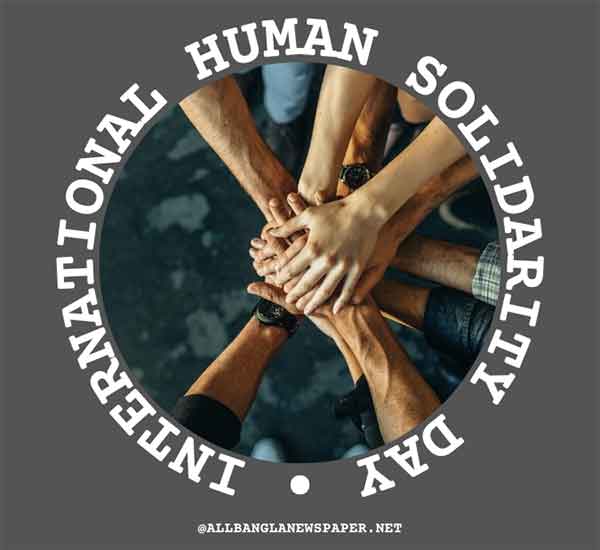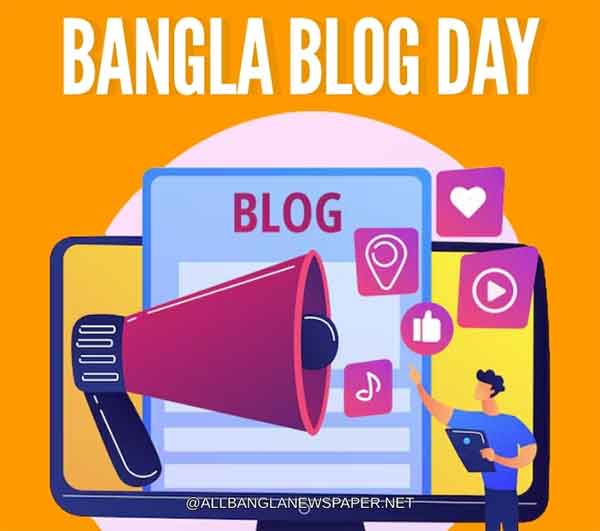
International Day of Sign Languages is observed annually on September 23 to raise awareness about the importance of sign languages in achieving the human rights of people who are deaf and hard of hearing. Recognized by the United Nations (UN), this day highlights the significance of linguistic diversity and the need for greater accessibility in communication for millions of individuals worldwide.
The observance of International Day of Sign Languages provides an opportunity to promote the full social and economic participation of deaf people, ensuring they are not left out of the conversations that shape our societies. It is also a reminder of sign languages' rich cultural and linguistic contributions to human diversity.
The History of International Day of Sign Languages
The United Nations General Assembly proclaimed September 23 as the International Day of Sign Languages in 2017, recognizing the crucial role sign languages play in the full realization of human rights for people who are deaf. The date was chosen to commemorate the establishment of the World Federation of the Deaf (WFD) in 1951, an organization that has long been a strong advocate for deaf communities worldwide.
The day also falls within the broader context of the International Week of the Deaf, which brings attention to the experiences, needs, and contributions of deaf individuals. Through advocacy, education, and cultural events, the International Day of Sign Languages highlights the value of sign languages as equal languages in all aspects of life, including education, employment, and political participation.
The Importance of Sign Languages in the Deaf Community
Sign languages are fully developed natural languages with grammar, syntax, and vocabulary. They are not universal, with different countries and regions having their distinct sign languages, such as American Sign Language (ASL), British Sign Language (BSL), and French Sign Language (LSF). There are more than 300 different sign languages used around the world.
For the deaf community, sign languages are not just a method of communication but a vital part of their cultural identity. Through sign language, deaf individuals can express themselves fully and participate in society on an equal footing with hearing individuals. Unfortunately, many people who are deaf still face barriers to accessing education, healthcare, and employment due to the lack of sign language interpreters or awareness about sign languages.
1. Linguistic Equality and Human Rights
One of the central messages of the International Day of Sign Languages is the recognition of sign languages as fully-fledged languages that deserve the same status as spoken languages. The day emphasizes the right to language for people who are deaf, as enshrined in the Convention on the Rights of Persons with Disabilities (CRPD), which guarantees that sign languages should be promoted, protected, and recognized as part of the linguistic diversity of humanity.
Equal access to sign languages is crucial for ensuring that deaf individuals can enjoy their human rights on par with others. Without access to sign languages, deaf people may be isolated from critical information, including education and public services. International Day of Sign Languages reminds us of the importance of creating inclusive environments where sign language users can thrive.
2. Access to Education
Education is a fundamental human right, yet many deaf children are still denied access to quality education due to a lack of support for sign language in schools. In many parts of the world, deaf children are expected to learn through oral communication alone, which can hinder their educational development.
Promoting the use of sign languages in schools can lead to better academic outcomes for deaf students. Bilingual education, which includes both sign and spoken languages, allows deaf students to learn in their natural language while also gaining proficiency in the dominant spoken language of their country. Recognizing International Day of Sign Languages encourages governments and institutions to adopt more inclusive educational policies.
Sign Languages Around the World
Sign languages are as diverse as spoken languages, with different regions and countries developing unique communication forms. Here are some of the most widely used sign languages globally:
American Sign Language (ASL): One of the most widely recognized sign languages, ASL is used primarily in the United States and parts of Canada. ASL has distinct grammar and syntax that differ from English.
British Sign Language (BSL): BSL is the main sign language used in the United Kingdom. It has a different structure from ASL, with its own grammar rules and vocabulary.
French Sign Language (LSF): LSF is widely used in France and has significantly influenced other sign languages, including ASL. It is one of the oldest documented sign languages in the world.
Chinese Sign Language (CSL): Used by the deaf community in China, CSL has its grammar and vocabulary, distinct from other forms of sign language.
International Sign (IS): While not a fully developed language, International Sign is often used in international settings, such as at the United Nations and World Federation of the Deaf conferences, where people from different countries must communicate across language barriers.
Promoting the Use of Sign Languages
To promote the use and understanding of sign languages, International Day of Sign Languages encourages governments, businesses, and organizations to implement policies that make communication more accessible for deaf individuals. Some ways to promote sign language inclusion include:
Sign Language Interpretation Services: Providing sign language interpreters at public events, in educational settings, and healthcare facilities ensures that deaf individuals can access the information and services they need.
Incorporating Sign Language into Schools: Teaching sign language as part of the school curriculum, whether in deaf or mainstream schools, helps raise awareness and creates a more inclusive environment for deaf students.
Raising Awareness Through Media: By including sign language in television programs, news broadcasts, and online content, media outlets can make their services accessible to the deaf community while raising awareness about the importance of linguistic diversity.
Encouraging the Learning of Sign Languages: Governments and organizations can support initiatives that encourage people to learn sign languages, fostering a more inclusive society where deaf and hearing individuals can communicate seamlessly.
The Role of Technology in Supporting Sign Language Users
In recent years, technology has played an increasingly important role in making sign languages more accessible to deaf individuals. Advances in video technology, mobile applications, and artificial intelligence have led to the development of tools that allow for real-time sign language translation and communication.
Video Relay Services (VRS): VRS allows deaf individuals to communicate with hearing people via a sign language interpreter through video calls. This service has been a game-changer for many deaf individuals, particularly in accessing essential services like healthcare and customer support.
Sign Language Apps: Mobile applications have made it easier than ever for people to learn sign languages. Apps like SignSchool and The ASL App offer interactive lessons and tutorials, making sign language more accessible to hearing individuals who want to communicate with deaf people.
AI-Driven Sign Language Translation: Researchers are developing AI-powered translation tools that can translate sign languages into spoken languages and vice versa. While still in its early stages, this technology has the potential to revolutionize communication for deaf individuals.
Looking Toward a More Inclusive Future
International Day of Sign Languages is a celebration of linguistic and cultural diversity, as well as a call to action for greater inclusion of deaf individuals in all aspects of society. It reminds us that sign language is essential for achieving equality, justice, and human rights for people who are deaf.
By promoting sign language education, ensuring access to interpretation services, and raising awareness about the value of sign languages, we can work towards a world where deaf people are empowered to participate fully in society. The observance of International Day of Sign Languages is a step toward creating a more inclusive, communicative, and just world for all.
#International_Day_of_Sign_Languages #Sign_Languages #World_Federation_of_the_Deaf





